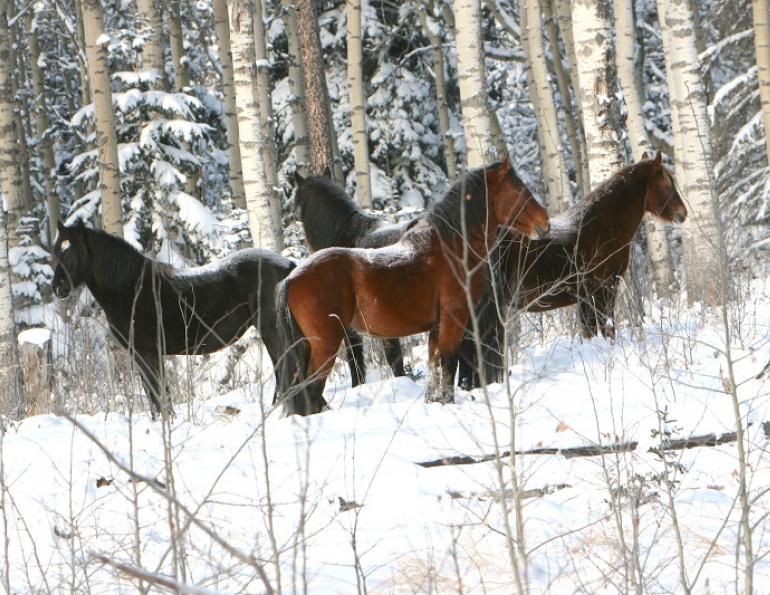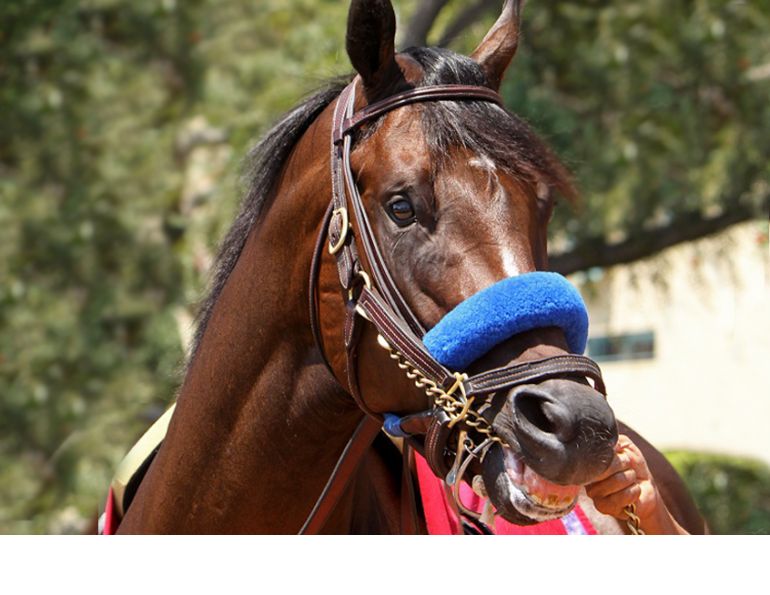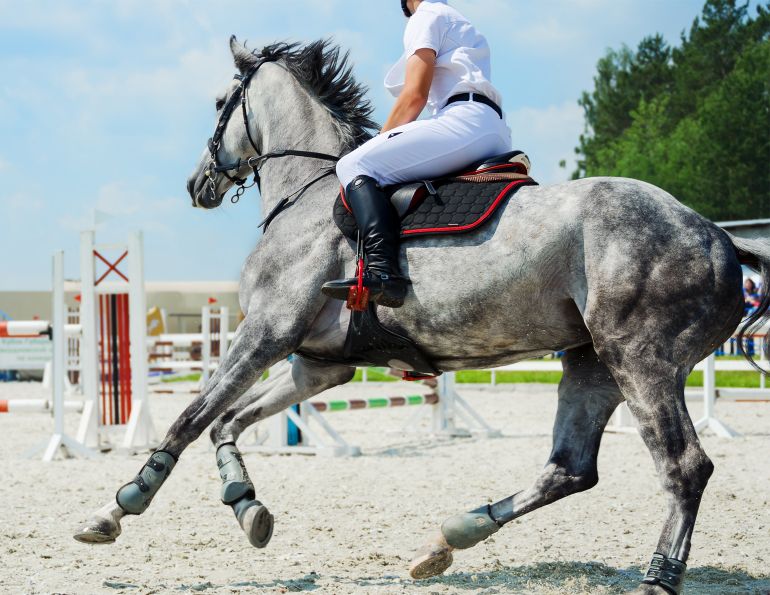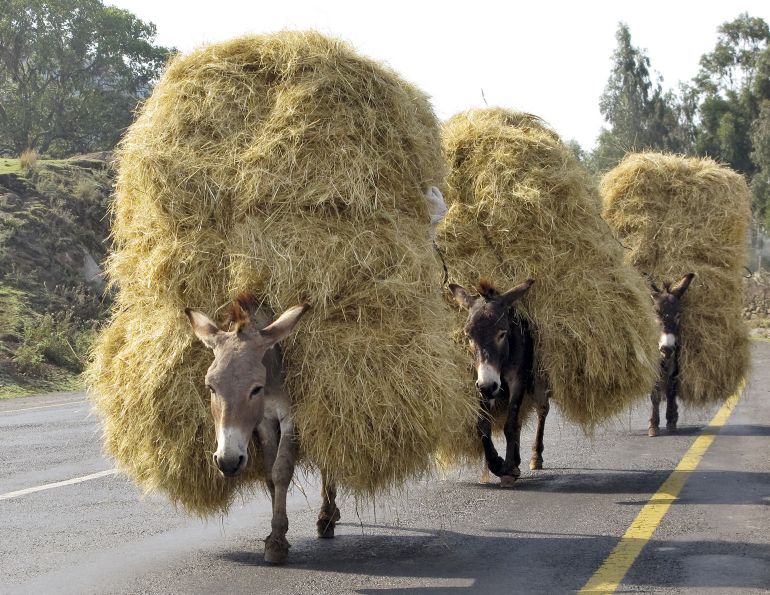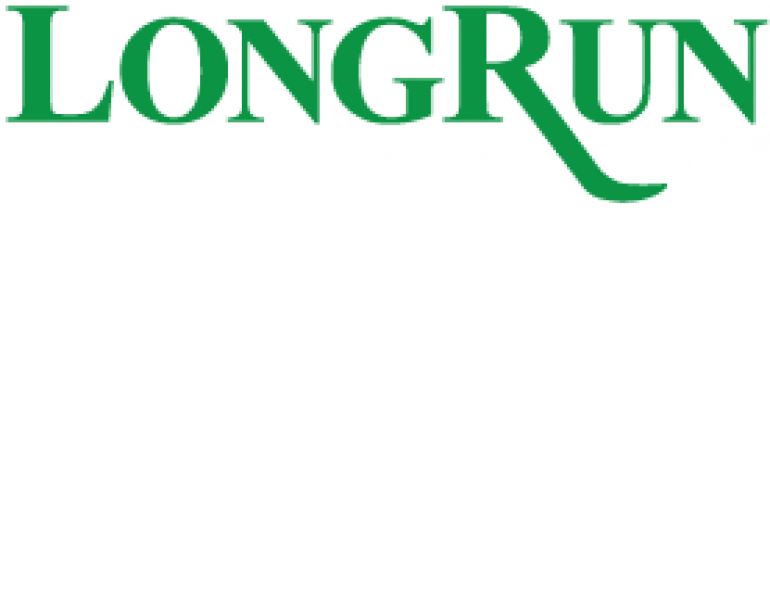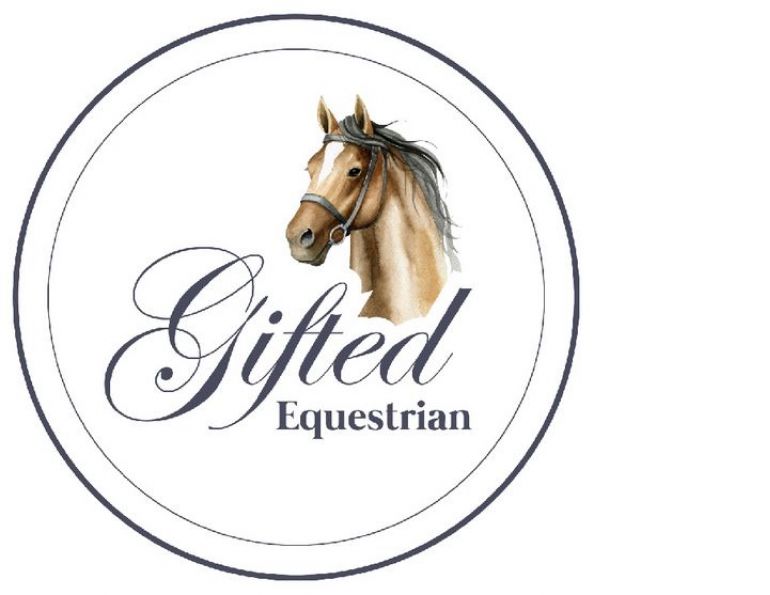By Margaret Evans
In November 2014, the Wild Horses of Alberta Society (WHOAS) entered into an agreement with the Alberta Ministry of Environment and Sustainable Resource Development (ESRD). The five-year agreement allows WHOAS to work in collaboration with ESRD to humanely manage the wild horse population in the Sundre Equine Zone which contains the greatest concentration of wild horses in the province.
Their goal is to keep populations at a sustainable level in two ways. First, WHOAS will use a contraception method administered through a vaccine to prevent mares from becoming pregnant. Mares will still cycle as usual and stallions can still mount mares. The vaccine surrounds the egg so that sperm cannot fertilize it. This system of population control has been extremely successful in the United States, and this will be the first project in Canada in which wild horse populations will be controlled with the same vaccine.
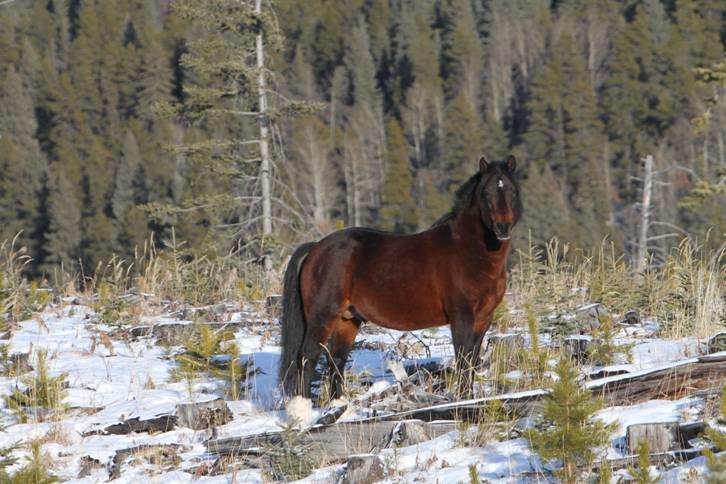
Cimmaron snorts a warning at us as we photograph him and his two mares.
Their second strategy will be an adoption program. Horses that stray onto private land or get into trouble will be rescued, managed, and placed for adoption into forever homes. WHOAS volunteers have built a facility where horses that needed managing could be humanely corralled. During the summer of 2014, they rescued nine horses which were eventually adopted out.
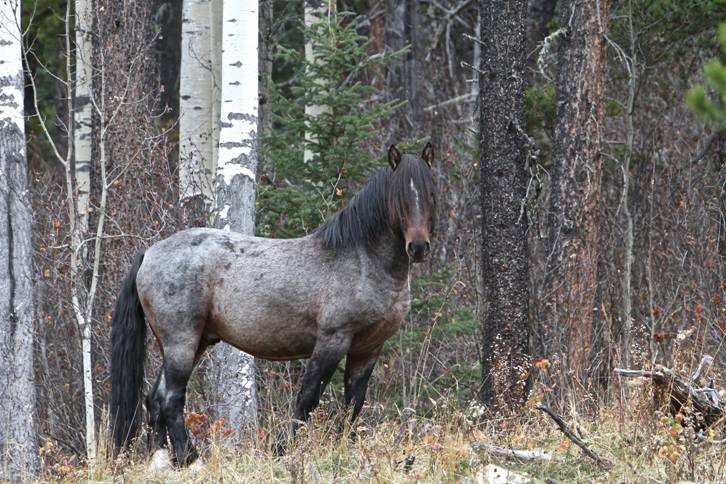
Dakota an eight year old stallion, protects his herd.
“WHOAS was formed in 2001 to protect wild horses,” says Bob Henderson, president of the society. “The provincial count last March [2014] was 880 from Kananaskis country all the way north (to the Brazeau Equine Zone). In the Sundre area we have created our own database, and it is about 380. But our aerial count revealed some 420.” He added that they lost a lot of horses in the previous year’s winter.
The provincial count in 2014 was approximately 448 horses in the SEZ. The number is a sustainable one given that the zone covers thousands of acres. The management objective is to keep those numbers balanced, and that is where the vaccine program will play a huge role.
“We are working with the University of Calgary researchers who have come on board,” says Henderson. “We will use the PZP vaccine. We went to The Science and Conservation Center in Billings, Montana, to take the course on how to use it.”
Fertility control for horses through the use of immunocontraception has been in play for over two decades and it has proven to be arguably the most effective, the most humane, and the best long term solution for their management.
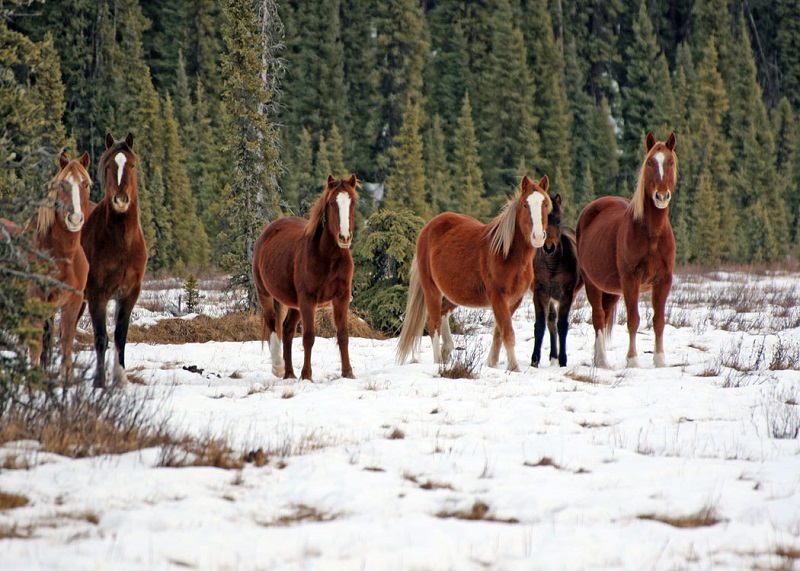
The system was pioneered by Dr. Jay Kirkpatrick, reproductive biologist and senior scientist with the Science and Conservation Center at ZooMontana. With his colleagues, he developed the program in the late 1980s. And in 1994, the PZP program was first put in use by the National Parks Service to manage wild horses on Assateague Island. Over the next several years, the program proved to be an astounding success, as births were reduced to the target population number.
The PZP program is a vaccine made from a protein in pig oocytes (eggs). It stimulates a mare’s immune system to produce antibodies that prevent a stallion’s sperm from fertilizing her egg. The vaccine is administered with a dart gun, and does not interfere with a current pregnancy. It has no side effects, does not affect a band’s complex social behaviour, and can be maintained each year with a booster. It is also reversible, meaning the mare can be returned to fertility.
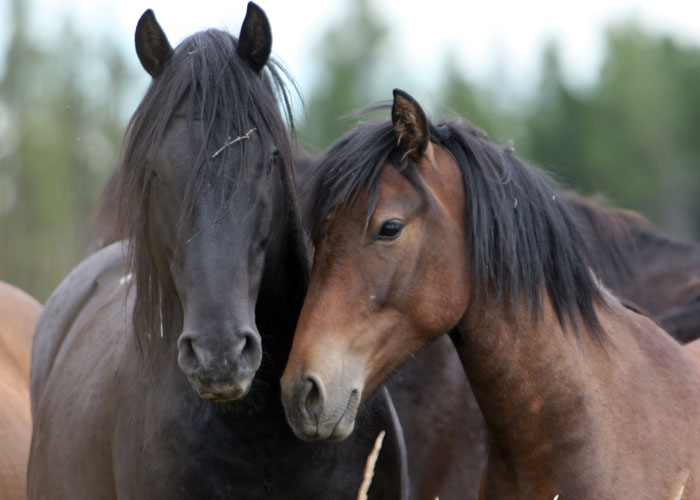
The PZP vaccine as a wildlife contraceptive has been used for 29 years, and deemed a success in altering entire populations by reducing growth rates, attaining zero population growth, or reducing populations. This has also been achieved with urban deer, African elephants, wapiti (elk), and bison, as well as 85 exotic species in zoos.
“For the Sundre conservation program, we’ve come up with a targeted number and we worked on that with Dr. Kirkpatrick based on the population we had given him of the ratio of males to females,” says Henderson. “We’re starting small this year with 19 mares that we have selected.”
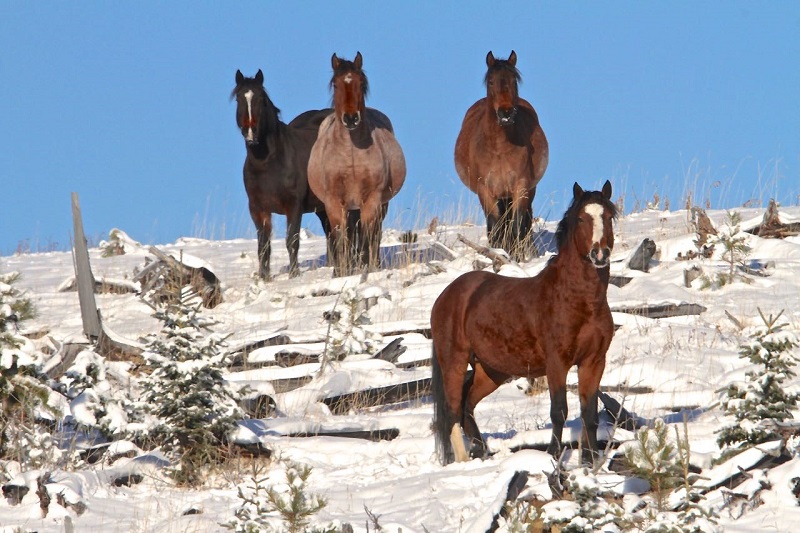
He explains that the herds in the Sundre zone are graded on a sliding scale with “A” herds that are very healthy with foals on the ground down to “D” herds with a young stud, a mare, and no foals. They are left alone to let them develop. Each targeted mare is identified through her specific markings, photo records, and her own herd.
“When we hit the field with our vet, we have pictures of the targeted mare, and we have identified which herd she belongs to,” says Henderson. “For environmental purposes we recover the dart with a metal detector. The dart has a slight charge to make sure the vaccine is administered.”
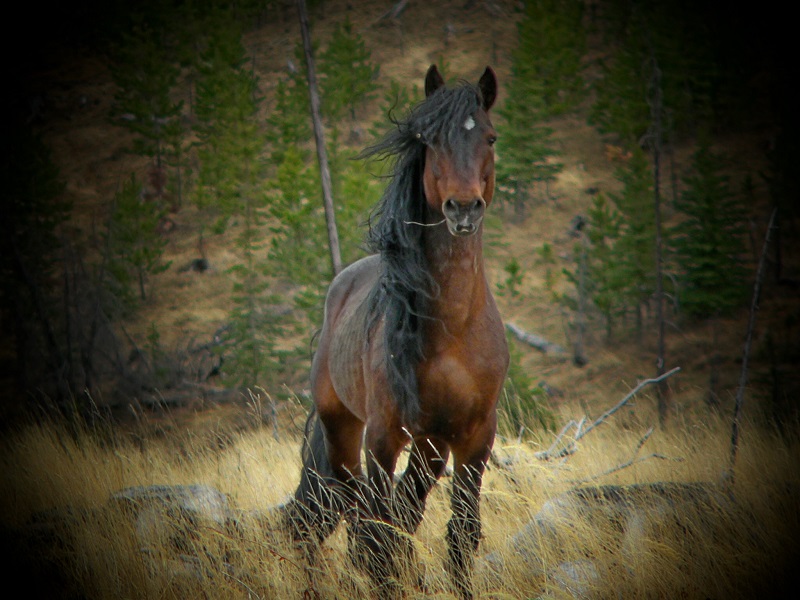
Henderson says that, at first, there was mixed reaction from other stakeholders including farmers and ranchers in the Sundre region. Most of them, though, hope that the plan will work, although some are still skeptical.
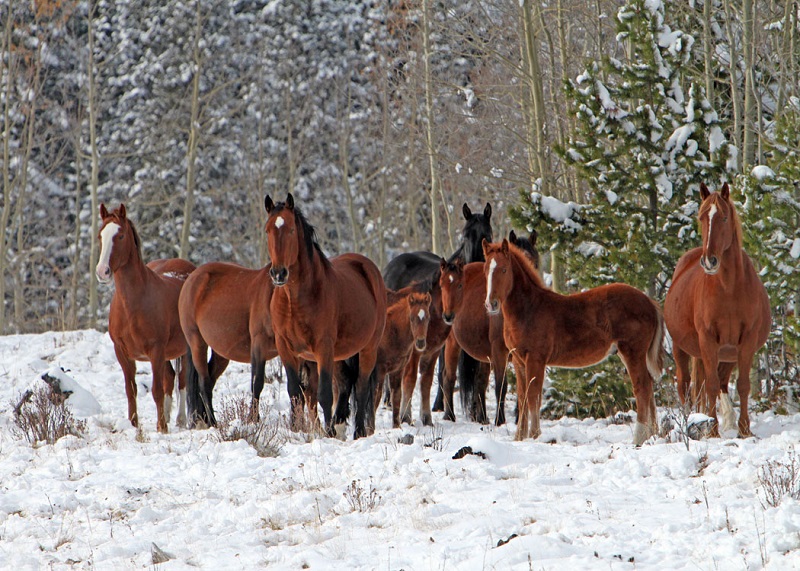
“We have the support of the ESRD. They want it to work. We just have to develop it and that takes time. The horses this winter are in pretty darn good condition. There was public controversy after last winter when many died, and in 2012 when most of them went for slaughter.
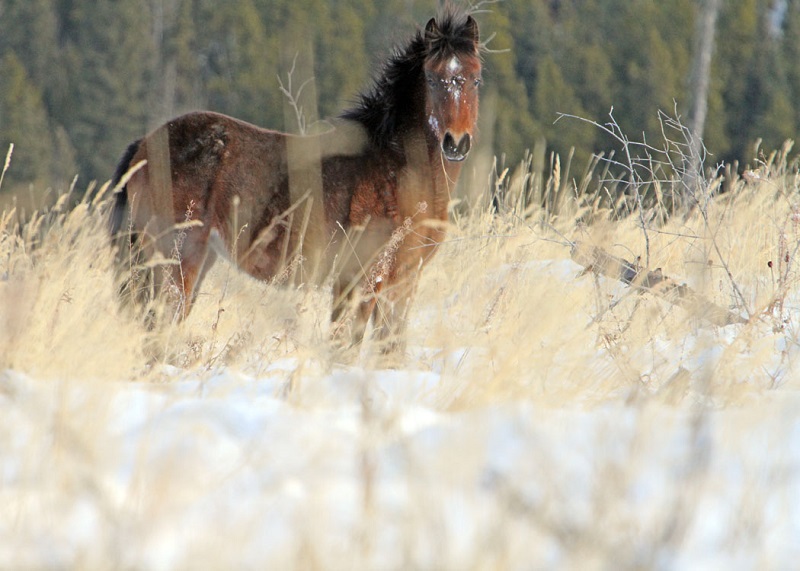
The government realized that they can’t keep doing things the way they used to. There have to be better solutions to managing horse populations. We believe that’s what we’ve got. This is a game changer for horses and for society. We’ve got some good people on board, and this is a much more effective way to manage the horses.”

Thanks to a generous donation of 20 acres of land from private citizens, WHOAS now has a site on which to build a humane and safe handling facility. With the ability to handle the whid horses properly, the process of gentling them for adoption will be easier.
Wildlife fertility control is not easy, but done properly with patience and persistence, it is effective and it works. It achieves population goals without the sacrifice of a single animal. This program could be just as effectively applied to maintain other wild horse herds in Canada such as the Brittany Triangle herd in British Columbia’s Chilcotin region or the iconic Sable Island horses. The goal is to sustainably maintain healthy herds within their environment.
Over the next five years, WHOAS intends to show that this is a win-win for everyone. But most importantly, it will be a stunning win for the horses.
For more information on WHOAS, please visit: www.wildhorsesofalberta.com
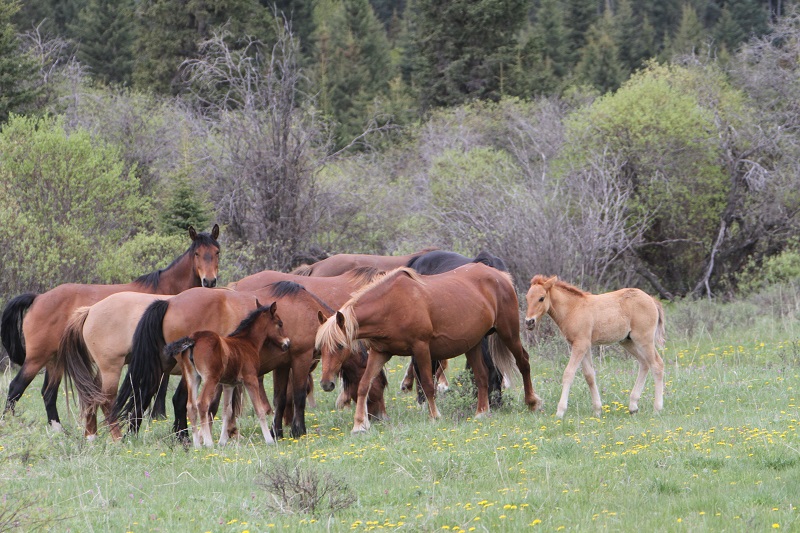
All photos courtesy of WHOAS.



